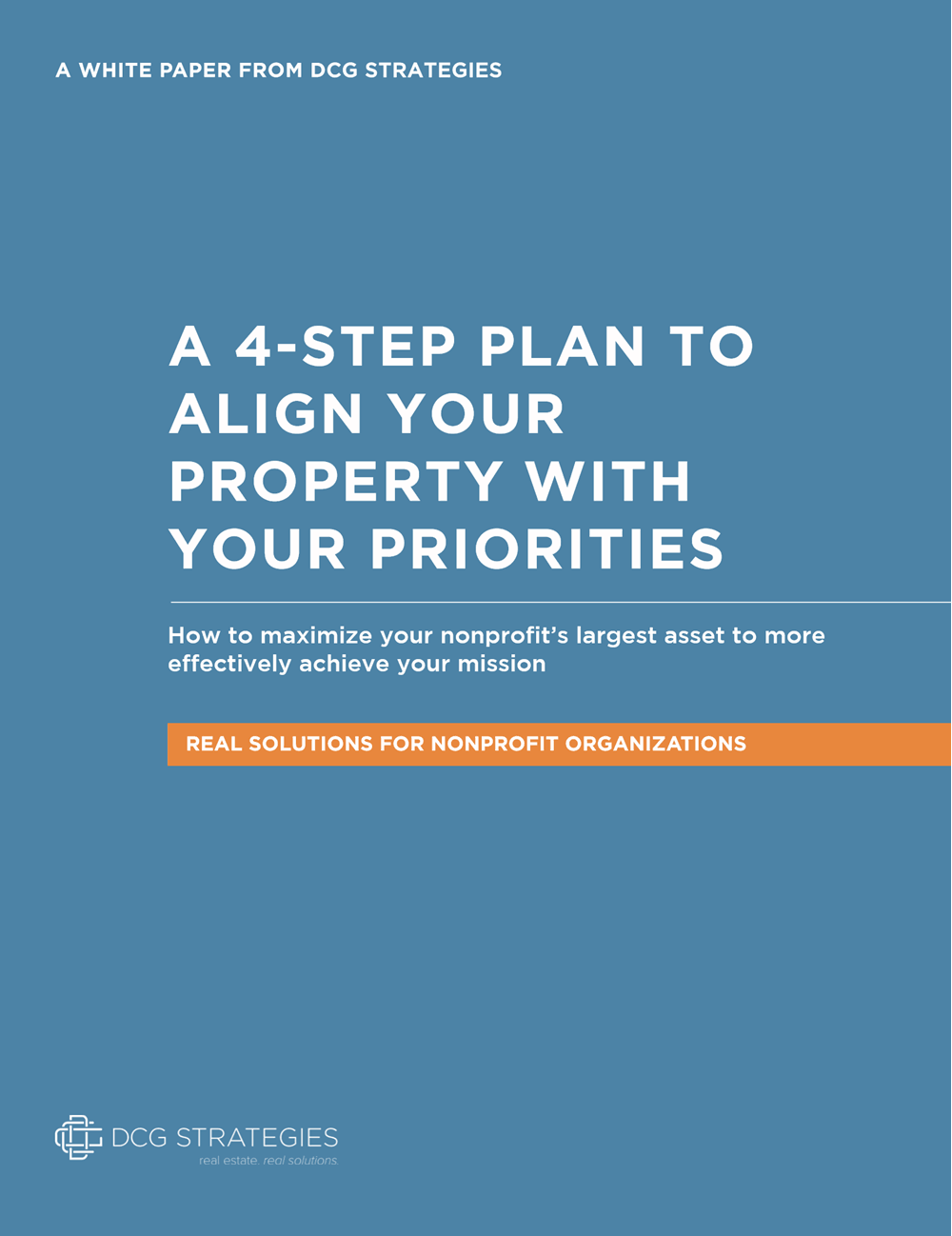As credit loosens, churches will have more options to borrow money for building projects. The question is, should they?
Image source: Flickr CC user susieq3c
Across the U.S., banks and lenders are loaning money again, giving churches the chance to borrow money for buildings and expansions. After one of the worst foreclosure crises in the nation’s history, church debt is coming back. As credit loosens and the economy improves, many churches are likely to start borrowing again.
The question is, should they?
On the surface, it looks like a great time to borrow money. Interest rates dropped in December to near historic lows, which makes borrowing much cheaper over the life of a loan. Mortgage rates are also unlikely to stay this low. So, to speed up their building plans, some churches will probably be tempted this year to not only go into debt, but also to borrow as much money as they can.
Then again, we saw what happened the last time churches drew from a well of easy and cheap money: Many congregations got into too much debt in the lead-up to the financial crisis and ended up paying a steep price.
The Pitfalls of Church Borrowing
One under-reported story of the Great Recession was that churches got hurt badly by over-borrowing. When the credit crisis struck in 2008, the banks largely left churches alone for two years, but the free and loose borrowing habits of many churches eventually caught up with them. By 2010, creditors started calling in loans, which were typically commercial loans that became due after five years. Churches that couldn’t refinance had to close their doors and hand back the keys.
Reuters reported that 270 churches were sold between 2010 and 2012 after defaulting on loans, and 90 percent of these sales came after the lender called in the loan. Reuters also noted that churches in California were among the hardest hit.
The fallout of this crisis is only now coming to an end. Last year, for example, several churches faced foreclosure over loans that dated back to 2007. One of the saddest stories was the once mighty Metropolitan Baptist Church in Washington, D.C., an institution that once regularly drew visits from sitting presidents. In the days of easy borrowing, however, the church overreached in its building goals, leaving a $30 million sanctuary unfinished. Today, the congregation doesn’t have a permanent home and meets in a school. As a result, membership is down 30 percent.
What to Avoid in Church Borrowing
Admittedly, times have changed since the credit bubble of 2006. Although several lenders specialize in financing church projects, the days of easy money are over. A church typically has to show that it is financially strong and has enough collateral to pay back a loan.
Even lenders warn congregations about the pitfalls of going into too much debt. For example, before the foreclosure crisis really hit churches, the Evangelical Christian Credit Union advised congregations in a 2009 article to avoid accumulating a debt that would tie up more than third of the church’s income. They suggested that congregations shouldn’t take on a debt that would force the church to cut services and programs to service the loan and also warned churches to avoid borrowing against the value of the properties to get an infusion of cash when the Sunday offerings were down.
Interestingly, the same article also pointed out that churches typically pay for new buildings with a combination of donated funds and a loan. Once congregations obtain a construction loan, however, the donations for fundraising campaigns often peter out as members learn that the church now has sufficient funds to go ahead with a building project. This means that when churches borrow money early, the congregations will likely have to take out a bigger loan and it could take longer to pay it off.
Discovering the Right Balance in Church Borrowing
In an ideal world, a church wouldn’t have to borrow money when planting a church or expanding its facilities. In most cases, however, churches won’t be able to raise all of the needed money in a fundraising campaign. Rarely will a rich benefactor swoop down and cut a check that covers the entire cost of a new building project. The loan usually becomes a piece of a project’s financing. Particularly now, when interest rates are so low, it can make sense to borrow money.
However, a church shouldn’t leap to take on a huge debt, even if the congregation can find a lender willing to loan them the money. According to one financial adviser, a church should spend less than 35 percent of its income on debt service, less than 35 percent on salaries, and keep 30 percent in cash available for the ministry. If a new loan will throw off these numbers, then the church should consider holding off on more borrowing.
A church has many options when planning a building project. Previously, we wrote that many churches have taken a stepping stone approach to finding a permanent home, and opt to stay in temporary facilities for several years, such as schools or other spaces, while they build savings and members. As we have said, a loan will probably be part of the equation eventually, but only a part and only in good time. Before a church even considers a loan, it should put together a financial plan and budget, and then stick to it.
Also, a church shouldn’t plan for new facilities or look for property alone. A commercial real estate consultant can research available property options in a neighborhood and help a congregation set a practical timeline and budget for their new facilities.
If your congregation is looking to build a new church or expand your facilities, you don’t have to go it alone. You can get a thorough analysis of the market with all the available options from a consultant whose community values align with your own. Contact DCG Real Estate today to learn more.





